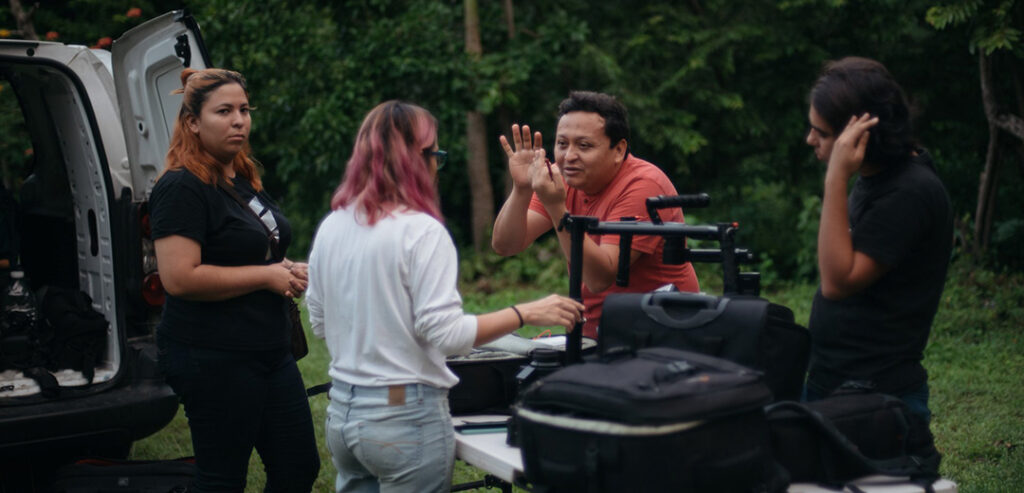Written by Stephanie Carmon
Last week I had the pleasure to interview Miguel Ventura, winner of the prize Estudio 5 de Mayo in the prestigious 2010 Morelia International Film Festival and the creator of Cine Janal, a movie project that creates short films intertwining beloved traditional Yucatecan dishes with the lives, dreams, and struggles of Yucatecan families. We sat down at Marago Cafe on Paseo de Montejo and swapped stories over a couple of cappuccinos. The man sitting across from me was a humble, approachable guy and when he started talking about his passion for storytelling and cinematography his whole being lit up. I sought him out because I completely fell in love with his work at Cine Janal. His work not only celebrates and showcases the Yucatecan culture, food, and people but also relates to everyone on a human level. We are all, no matter where we come from, part of this human experience of emotions, hardships, joy, and love. Miguel has the gift to capture that on film.



Since he was a kid, Miguel`s creative mind was molding stories into form in what he calls the “cloud storage” that is his mind. He says he would invent countless characters and scenarios and then put them in “the cloud” to “download” for use in the future. He came from very humble beginnings. For most of his childhood his mother was a single mother who struggled, working day and night to be able to raise and feed three kids. She had her hands full, and although she had some help from family and friends, many days the boys had to take care of themselves because their mom had to work all day. So from early on Miguel was exposed to hardships one might find on the street. He was never very good at school, but he would find his inspiration when schoolmates would pay him to write plays for them. He would write for them and then be the director of their project. He tells me he was constantly watching movies, or in his head creating stories. Although many thought he was lazy, and trying to follow an impossible dream, his mother always believed in him and would buy him pirated movies so he could continue to watch and study the art of filmmaking. He wasn’t able to buy a camera, so all his creativity was funneled into writing and imagining filming.
When he reached age twenty-two, he had a very hard time finding a job and he started suffering from depression as the pressure of unemployment was difficult. During that time a friend of his introduced him to a woman named Sandra. Sandra was an older woman, very well-off economically and was willing to help not only Miguel, but about eight other young people who were struggling to find their footing. She invited the young adults to live in her house while she helped them find jobs and gave them social skills to help boost their self-esteem. All people in the house became very close; they would support each other emotionally and all take turns with house chores. Miguel was designated the house cook. At that time there weren’t many options for studying filmmaking, but when the opportunity came up to take a filmmaking workshop Sandra lent Miguel the money to start the program and he was finally able to get some formal training.

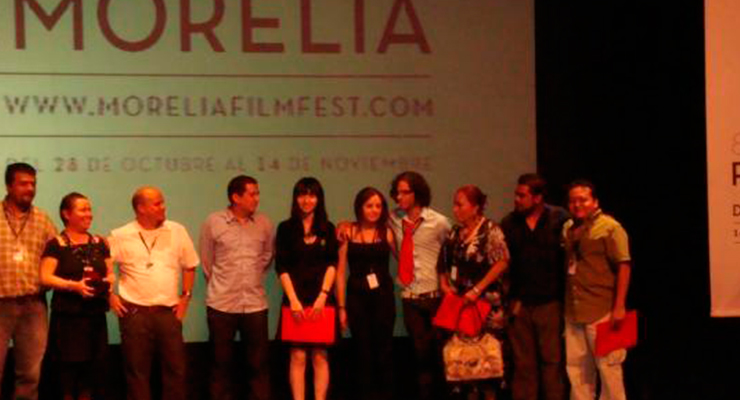
During the training, instructor Roberto Sanchez, also known as Roberto de Coria, recognized Miguel’s talent and took him under his wing. For one of the routine daily tasks, the professor asked him to write a short story. He wrote a thriller about a murder in a Mayan pueblo (village). De Coria was impressed with the idea, gave it back him and instructed him to work on the plot by adding more intrigue and character development. When Miguel finished, De Coria was so captivated he decided to help Miguel make it into his first short film. It was to be called El Venado y La Niebla, The Deer and the Fog. De Coria worked with Miguel on the filming and it was from the guidance of this professor that he learned the art of videography. He finally had a real camera to with which to work and experiment. It was filmed in the rural areas of Yucatan and spoken in Yucatec Maya. During that year of filming, one evening Miguel got the news that De Coria, at 31 years old, had been killed in a car accident. Deeply shaken up by the death of his friend and mentor; Miguel dove into his work and did everything he could to finish the film. Before his death, De Coria had urged Miguel that upon finishing he should submit the short film to the International Film Festival in Morelia, Mexico’s most prestigious film festival and well-known worldwide. So that is exactly what he set out to do.
It took Ventura three years of post-production to finish the film. He didn’t have the money to buy a computer so would ask friends whose computer had enough RAM to lend him the computer in order to edit the film. He told me that he looks back at that film now and cannot believe he was able to complete the production and have the success that he had with so few resources. When he finally finished the film, he sent it off to the Morelia Film Festival and it was not only chosen to be shown, but it took first place in the short film category Estudio 5 de Mayo. It was also pre-selected for various film festivals in France, United States and England. Ventura remembers that moment being absolutely extraordinary. He was invited to red-carpet events where he shared the carpet with major film players such as Quentin Tarantino, Javier Bardem, Alejandro Gutierrez Iñarritu, Diego Luna and others.



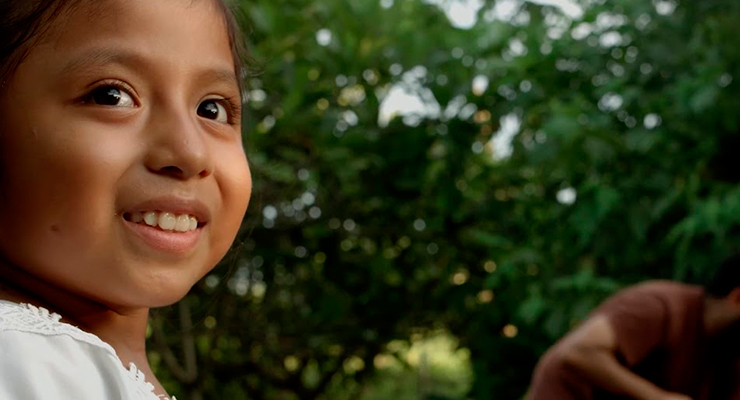
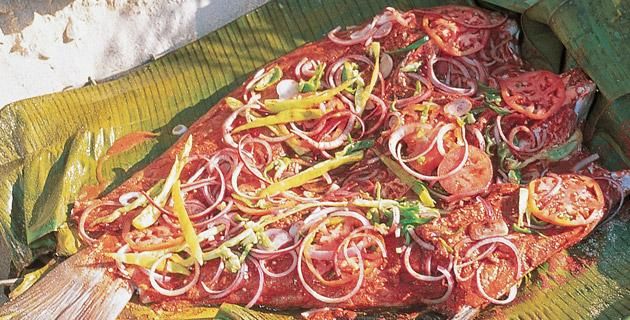

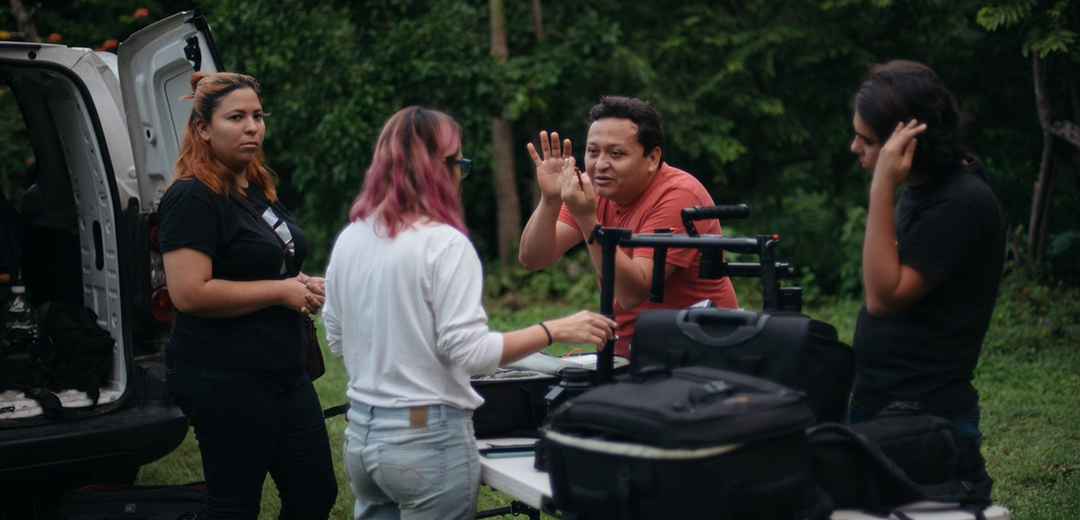
In the afterglow of the film festival, Miguel got various jobs filming and taking photographs. He continued writing and creating stories; however, he had to resort to odd jobs to pay the bills. One of the jobs he took was as a cook on a friend’s yacht for a weekend trip commissioned by a conference of doctors. One of the mornings, they asked for chaya, a green leafy vegetable, with eggs for breakfast. Miguel realized that the person who bought the ingredients for the boat bought spearmint instead of chaya. He remembered that his grandfather would sometimes make spearmint with eggs for him which is a Lebanese dish. So that’s what he did. After he had served the eggs, he went out to the deck and saw the oldest doctor, who was eighty years of age, crying as he sat eating his eggs. Miguel asked what was wrong and through his tears, the elderly doctor told him that his mother, who had died 35 years ago, used to make him spearmint with eggs, and that it was the last dish she ever made for him. Eating the eggs that morning on the boat it brought him right back to the love and warmth of his mother’s kitchen.
Ventura was so touched by this encounter that it inspired his next series of short films, and the ones that first drew my attention, Cine Janal. This is a project where the underlying theme is the love and importance of cherished traditional Yucatecan dishes mixed with stories of the lives, emotions, and passions of characters living in the pueblos in Yucatan.
The series includes the following films:
El Tikin Xiik’ Asado
An endearing story about the relationship between a grandfather and grandson in a fishing village and how the grandfather cooked the best tikin xiik, a Mayan fish dish made with achiote, spices and grilled over embers.
Huevito con Chaya
A story of a young man who now lives in Houston, Texas and works in a restaurant. One morning as he sits down with a coworker to eat breakfast, he reminisces about his pueblo Teabo, Yucatan and how he misses his mother’s huevos con chaya (eggs with chaya). We are taken back to his pueblo and witness the compassion his mother pours into her kitchen through the narration of her son.
El Pib
Completely narrated and spoken in Maya with subtitles in Spanish and English, this is an incredibly beautiful story about love and loss and the Hanal Pixan (Day of the Dead) celebration in a Mayan pueblo of Yucatan. Pib is a special tamale that is elaborated specifically for this sacred time of year, and is offered as food for the loved ones who have passed away.
El Relleno Negro
A story also spoken in Maya and subtitled, this is the most recent addition to this series. It is a tale of a courtship, forbidden love and a father’s pain in seeing his daughter grow up. Relleno Negro is a cherished Yucatecan dish that was traditionally made for weddings.
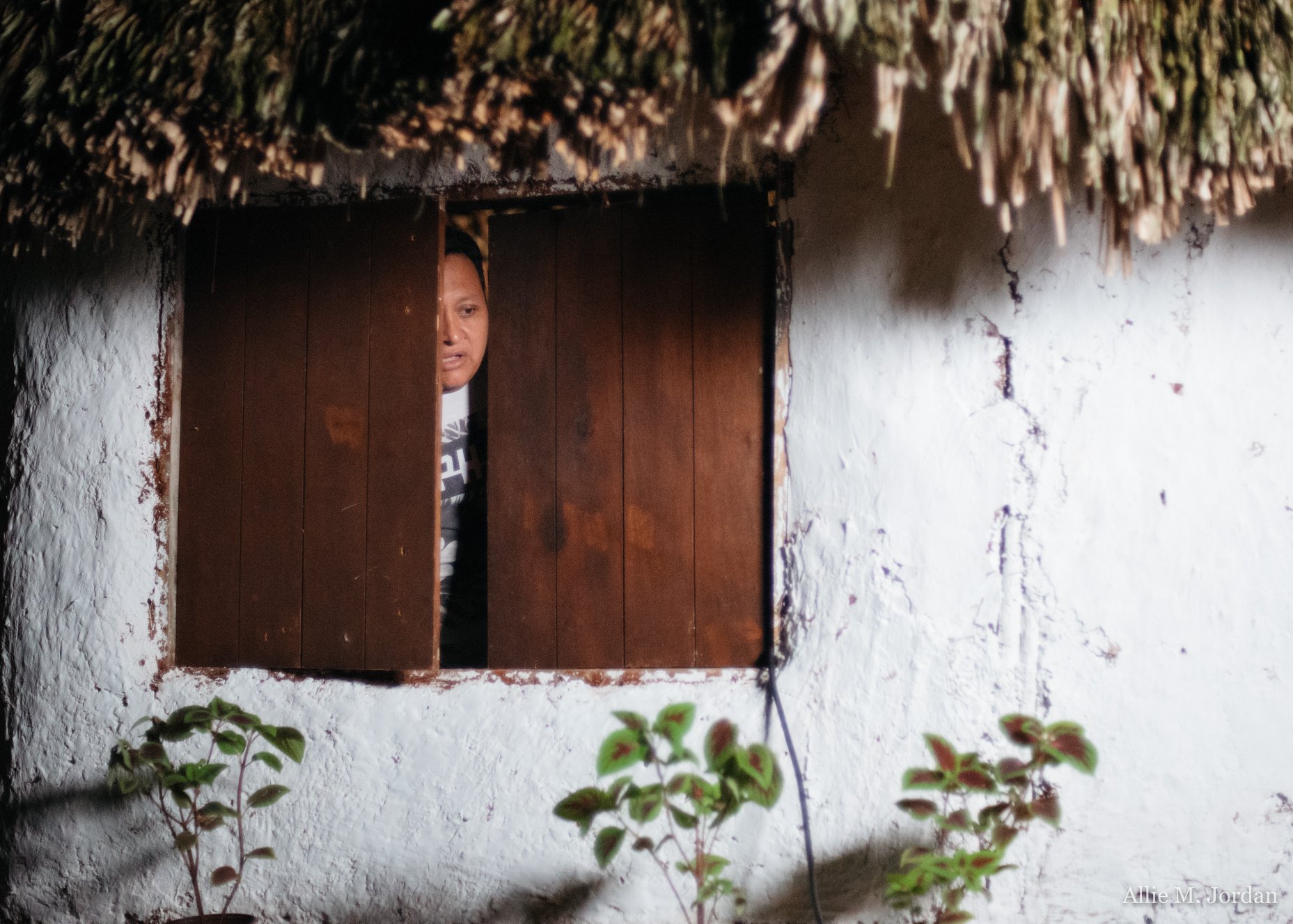
At the age of 39, Miguel Ventura continues to work on projects in Yucatan. His passion and love for his culture and his art is inspiring. Incredibly enough he still has not been able to buy his own camera. He continues to work with rented equipment. For now, the project of Cine Janal has been put on hold because of lack of funds. Hopefully, soon he will be able to start up again because it is such a beautiful tribute to this state of Yucatan. Although Miguel’s work mostly tells stories of his home of Yucatan and the people of the pueblo, his tales touch any human at a deep level. Because really at the end of the day, we all suffer and enjoy the same human experience. We all love, lose, feel joy and pain; we are all the same, we just look different and speak different languages. Miguel Ventura is a master storyteller and has a gift of capturing our human soul on film. It was an honor to speak with him.
To watch Miguel Ventura’s movies:
Some of the photos come from:
Allie M. Jordan Photography
Pata de Perro Films


